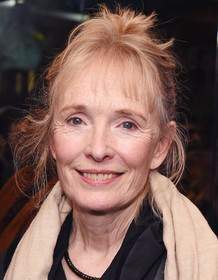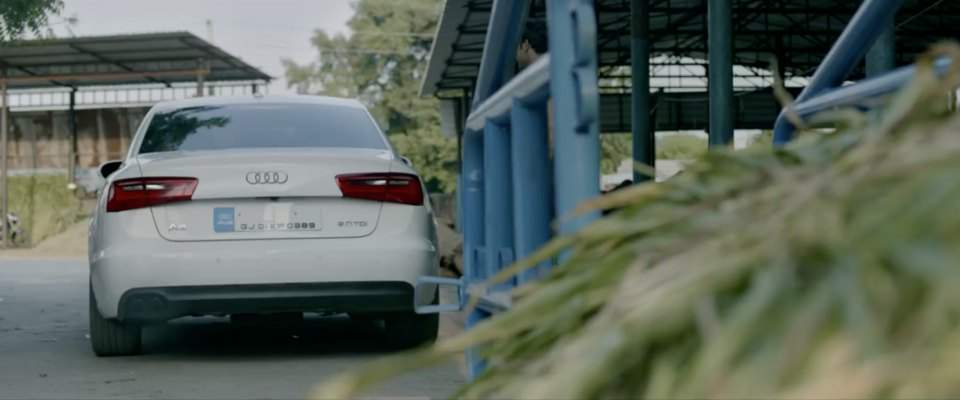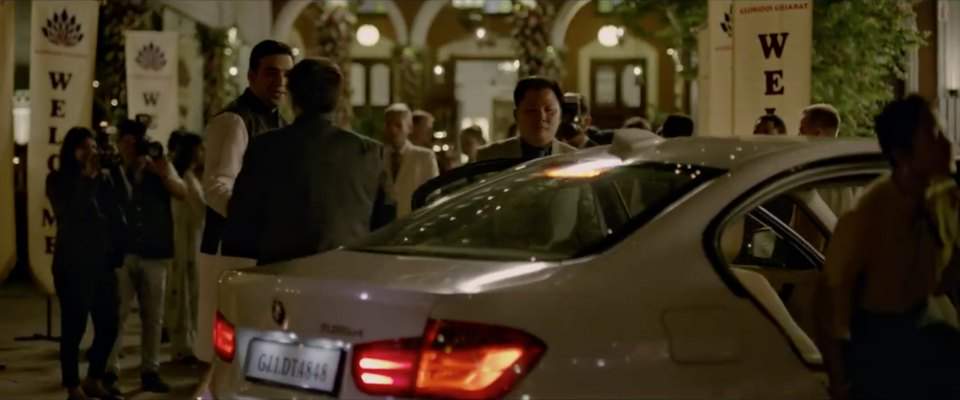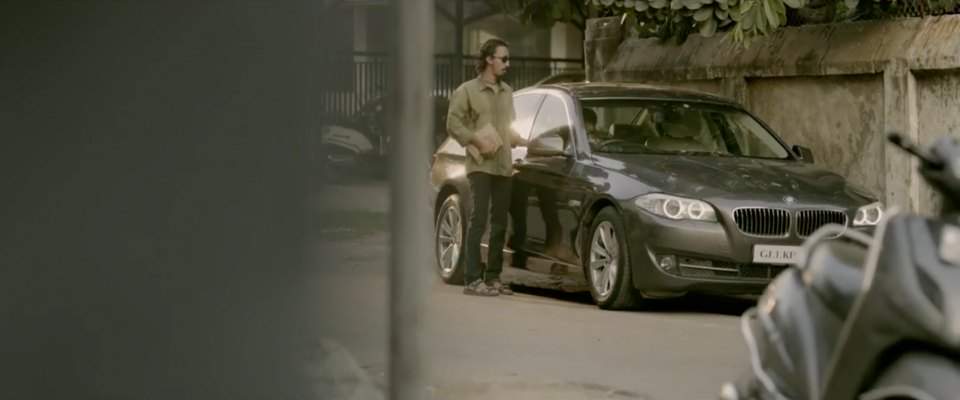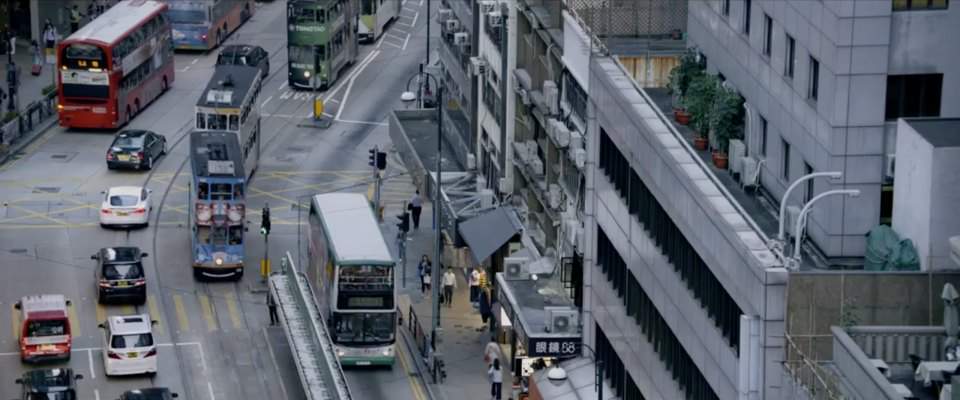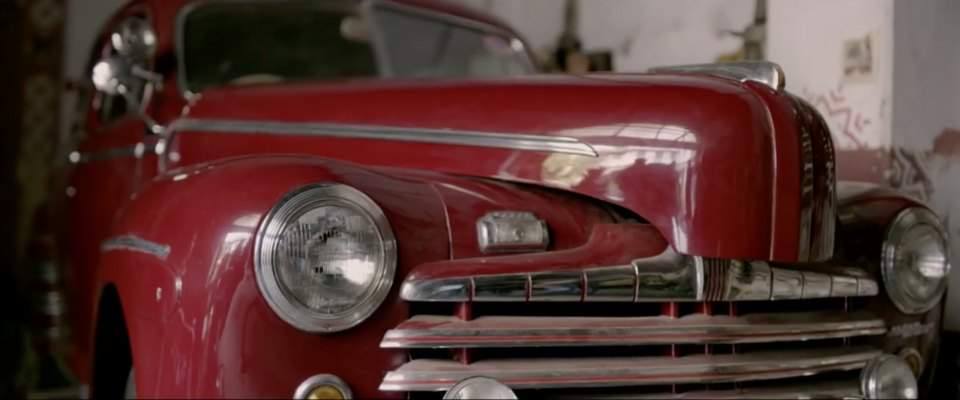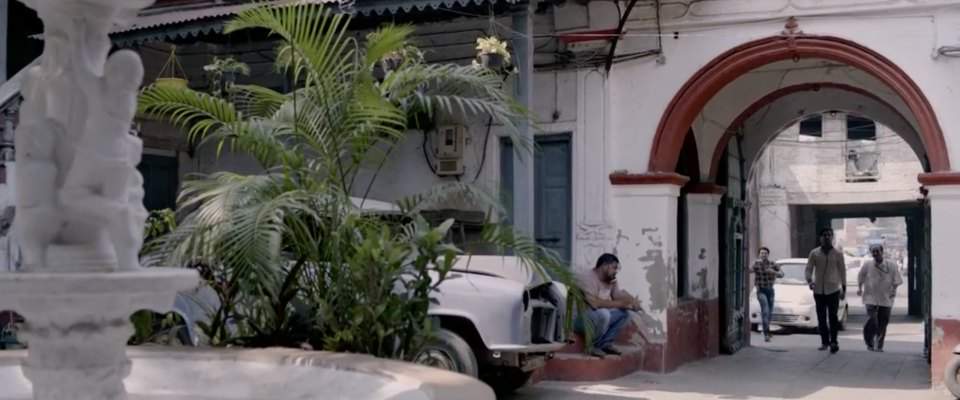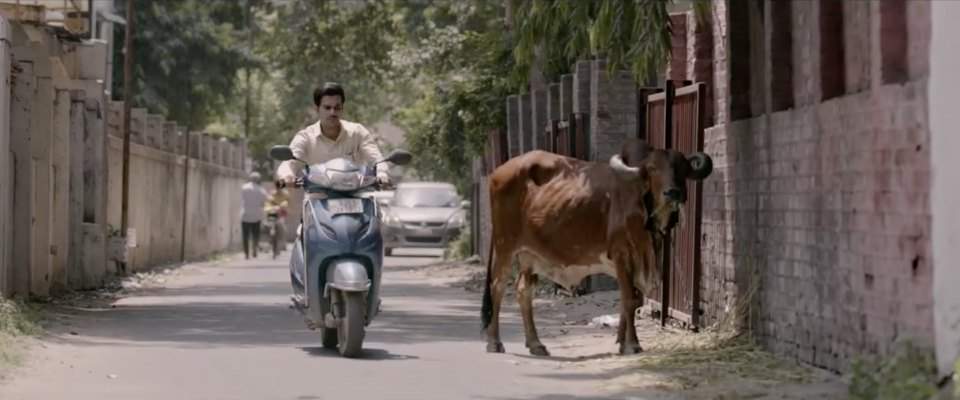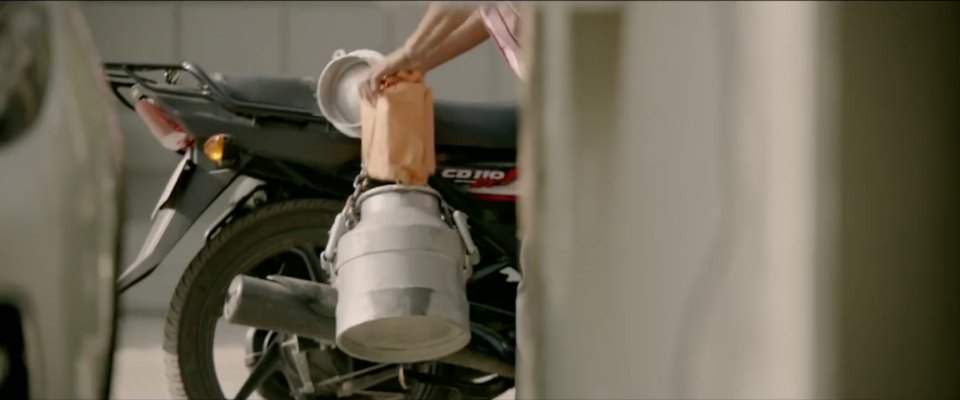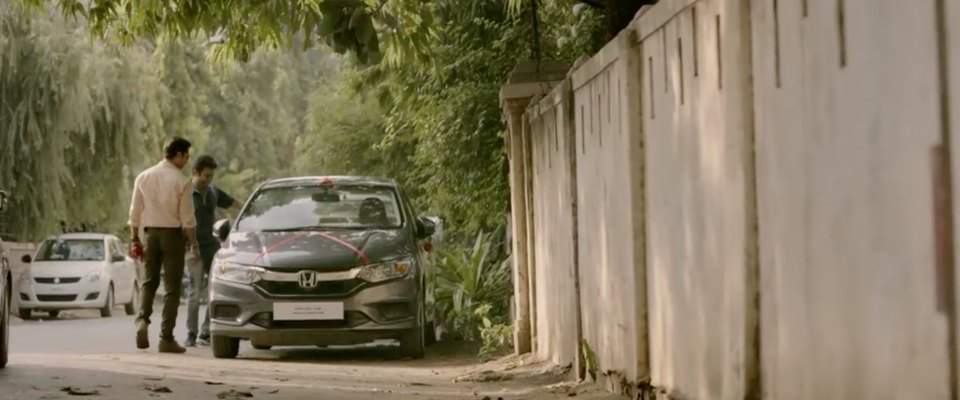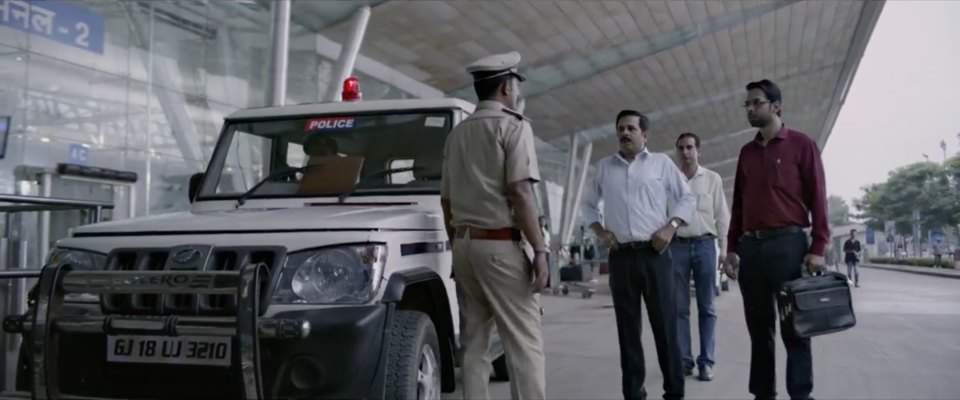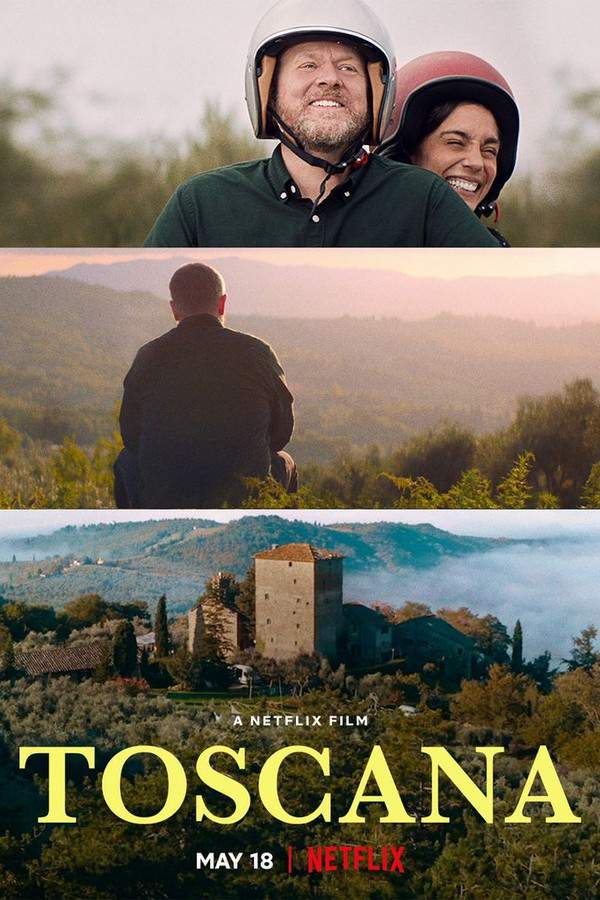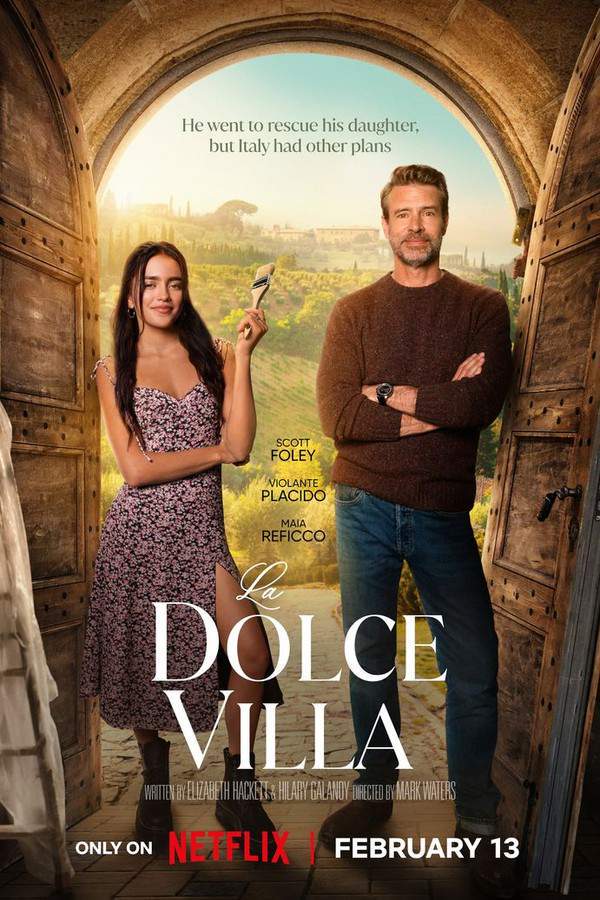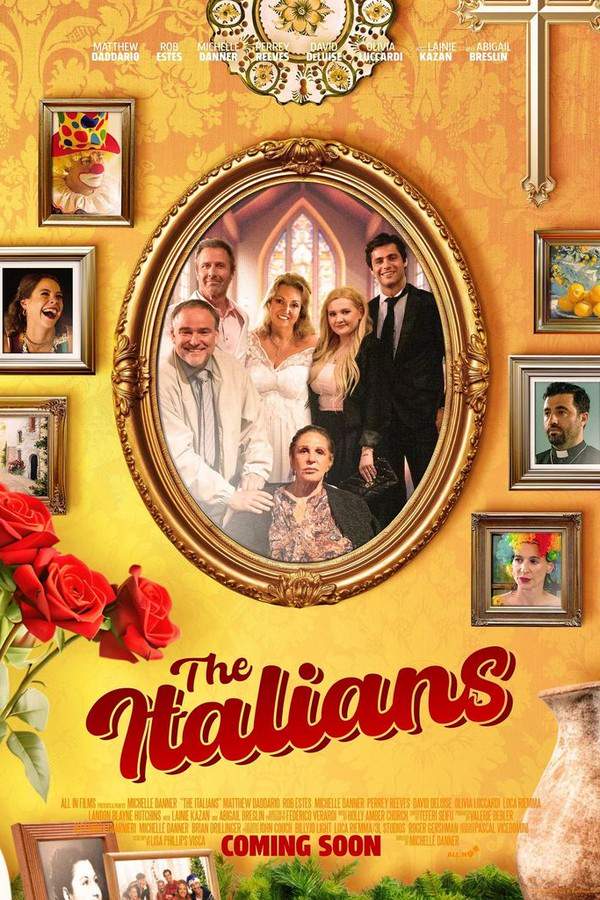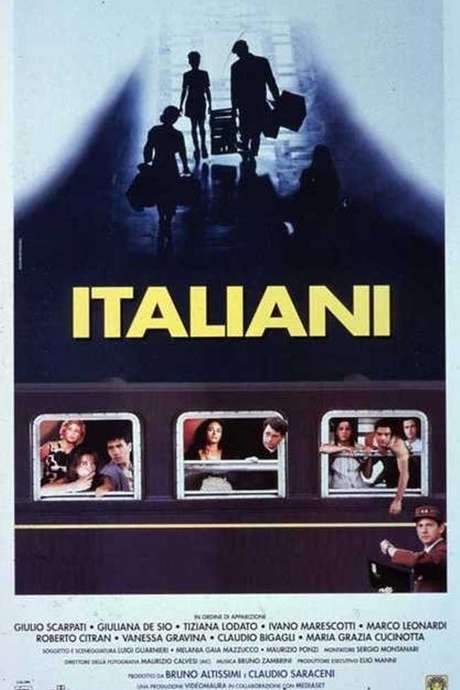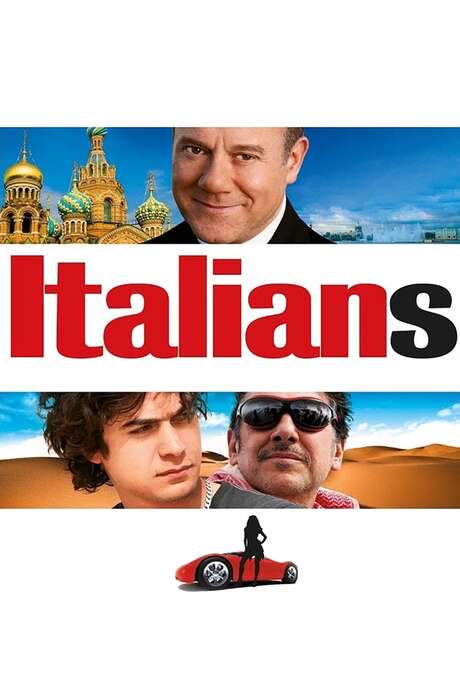Made in Italy 2020
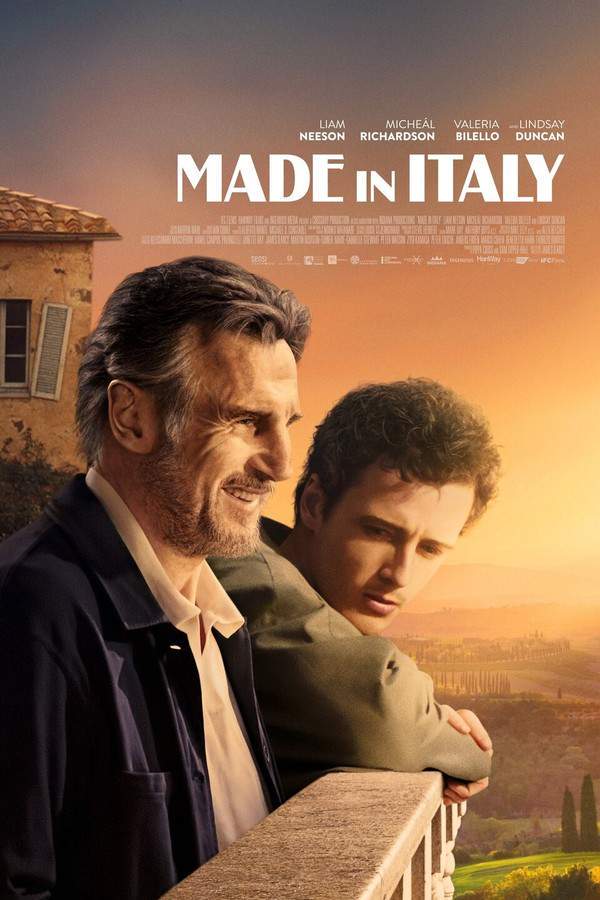
A neglected Italian villa sparks a journey of reconciliation for a widower and his estranged son. As they work together to renovate the property, the father and son confront past conflicts and embark on a path of self-discovery, learning to understand and appreciate each other amidst the challenges of restoring the beautiful Italian home. It's a heartwarming story about family, forgiveness, and finding connection in unexpected places.
Does Made in Italy have end credit scenes?
No!
Made in Italy does not have end credit scenes. You can leave when the credits roll.
Meet the Full Cast and Actors of Made in Italy
Explore the complete cast of Made in Italy, including both lead and supporting actors. Learn who plays each character, discover their past roles and achievements, and find out what makes this ensemble cast stand out in the world of film and television.
External Links and Streaming Options
Discover where to watch Made in Italy online, including streaming platforms, rental options, and official sources. Compare reviews, ratings, and in-depth movie information across sites like IMDb, TMDb, Wikipedia or Rotten Tomatoes.
Ratings and Reviews for Made in Italy
See how Made in Italy is rated across major platforms like IMDb, Metacritic, and TMDb. Compare audience scores and critic reviews to understand where Made in Italy stands among top-rated movies in its genre.

The Movie Echo Score
Made in Italy presents a largely mixed experience that balances scenic charm with narrative shortcomings. While the film’s Tuscan setting and occasional dry humor offer brief moments of visual pleasure, its predictable plot and uneven character interplay limit its broader appeal. Performances carry emotional undercurrents, but they often struggle against clichéd developments and a measured pace. Overall, the film feels more like a lightweight showcase of Italian scenery than a fully realized drama, resulting in a modest but uneven impact.
The Movie Echo Score Breakdown for Made in Italy

Art & Craft
In terms of direction and cinematography, the film leans into its Tuscan backdrop with consistent visual appeal. Sweeping exterior shots and warm natural light create an inviting atmosphere, though the framing occasionally feels rote. Production design underscores the renovation motif but rarely surprises. Editing maintains a steady rhythm, albeit without notable flair. Overall, the film’s art design offers pleasing imagery without deeper stylistic innovation.

Character & Emotion
When it comes to acting and emotional resonance, performances are serviceable but restrained. Neeson’s dry delivery provides intermittent subtle humor, and supporting roles convey moments of tenderness. However, character depth remains limited, with relationships unfolding predictably and lacking sustained complexity. Chemistry fluctuates between father, son, and romantic interest, leading to earnest but uneven connections. In sum, the characters exhibit genuine intentions but rarely transcend familiar tropes.

Story & Flow
Regarding plot coherence and originality, the narrative follows a well-worn arc of familial reconciliation through home renovation. Pacing is deliberate yet predictable, leaving little room for genuine surprises or tension. Engagement hinges on sentimental beats that often rely on cliché rather than fresh insight. Subplots resolve in expected ways, and thematic depth is hinted at more than fully explored. Consequently, the story offers emotional familiarity at the expense of distinctiveness.

Sensory Experience
In terms of soundtrack and visual style, the film delivers a light, sun-drenched tone that aligns with its escapist intentions. Music underscores emotional moments without overpowering them, while ambient sounds enhance the rustic setting. The cohesive color palette of ochres and greens reinforces the Tuscan locale. Although sensory elements do not break new ground, they consistently evoke the leisurely mood of the environment and support the film’s aesthetic.

Rewatch Factor
When evaluating rewatch value, the film’s predictability and modest thematic payoff limit its repeat appeal. Viewers may return for the scenic vistas or moments of gentle humor, but narrative familiarity diminishes engagement on subsequent viewings. The lack of deeper revelations or complex characters means little new emerges from multiple watches. Overall, the film offers a singular visual experience that may not sustain lasting replay interest.

44
Metascore
5.9
User Score


42%
TOMATOMETER

43%
User Score

6.0 /10
IMDb Rating

60
%
User Score

2.7
From 7 fan ratings

4.24/5
From 33 fan ratings
Take the Ultimate Made in Italy Movie Quiz
Challenge your knowledge of Made in Italy with this fun and interactive movie quiz. Test yourself on key plot points, iconic characters, hidden details, and memorable moments to see how well you really know the film.
Made in Italy Movie Quiz: Test your knowledge about the emotional journey and family dynamics in 'Made in Italy'.
What is the name of the art gallery that Jack's wife, Ruth, owns?
Artisan Gallery
Flite Gallery
Canvas House
The Art Den
Show hint
Full Plot Summary and Ending Explained for Made in Italy
Read the complete plot summary of Made in Italy, including all major events, twists, and the full ending explained in detail. Explore key characters, themes, hidden meanings, and everything you need to understand the story from beginning to end.
The film begins in Flite Gallery, an art space in London overseen by Jack (played by Micheál Richardson, who is actually Liam Neeson’s son), yet owned by Ruth (played by Yolanda Kettle), Jack’s estranged wife and her family. Ruth informs Jack that her family has decided to sell the gallery, highlighting that despite his considerable efforts, he had never invested any money into it; thus, he has no authority in this matter. Jack proposes that he and his father, Robert (portrayed by Liam Neeson), can sell their house in Italy to fund the gallery purchase.
Bright and early, Jack visits his father Robert, a quintessential bohemian artist residing in his London studio flat. Robert, still in his robe with a scruffy appearance, gives Jack’s arrival a rather peculiar twist when he introduces a woman leaving his room, misnaming her, causing a chaotic scene.
Jack hesitates to disclose the news of his impending divorce from Ruth, but insists on selling the Italian house. Robert is taken aback, revealing that Jack hasn’t visited the property since he was seven and questioning his sudden interest. Upon their arrival at the neglected estate, they find it in an alarming state of disrepair; the warped wooden door is nearly impossible to pry open, and when Jack forces it, it collapses into the dust-filled interior.
They call in Kate (portrayed by Lindsay Duncan), a composed British real estate broker, to help with the sale of this eyesore. The house features an entire wall adorned in vibrant colors, a tribute by Robert to artist Frank Swine. With a roof in disarray and minimal provisions of bread and tomato sandwiches, their stay at the house is neither luxurious nor accommodating, not to mention the added trouble of a wayward weasel residing in the cabinet.
With Kate’s assistance, a local expert captures the pesky weasel, allowing local contractors to commence much-needed repairs, patching holes and painting the interior. Meanwhile, Robert gently attempts to sway Jack away from selling, but Jack’s frustration culminates in him leaving for town, where his clumsiness lands him sprawled on the cobblestones after mishandling a menu. Thankfully, he is helped by Natalia (played by Valeria Bilello), the proprietor of the restaurant, who serves him Risotto despite the establishment being closed.
As time passes, spectators visit the house while Robert makes it a point to turn away any potential buyers. Jack, meanwhile, discovers moments of joy riding a motorcycle and spending time with Natalia, learning about her life, including her ex-husband and their daughter.
Yet, Robert’s commitment to holding onto the house intensifies as he sends away prospective buyers. In an emotional twist, Jack finds a bedroom filled with memorabilia of his childhood and his mother’s drawings. Confronting Robert reveals the tragic past of his mother’s untimely death in a car accident, a moment filled with both grief and reconciliation as father and son share a long-awaited embrace.
The plot thickens as Robert seeks to reconnect with Jack outside of their home, bringing with him a check from the sale of his London flat, allowing Jack to redeem his interest in the Italian property and fulfill his dream of running the gallery. Robert shares his intent to reside in Italy and start hosting painting retreats, following Kate’s suggestion.
Finally, Jack returns to the Flite Gallery, confronting Ruth with divorce papers, leading to an inevitable and necessary parting. Back in Italy, he finds a refurbished house where his father is actively engaged in teaching art. Jack expresses his desire for a father-son relationship beyond financial transactions, sharing a heartfelt hug that cements their bond.
The movie culminates in Jack’s decision to exhibit Robert’s artworks in a gallery. The closing moments showcase the two of them joyously mixing paint side by side while restoring the wall, completing the homage to Frank Swine’s artistic style, as their relationship blossoms anew.
Uncover the Details: Timeline, Characters, Themes, and Beyond!

Coming soon on iOS and Android
The Plot Explained Mobile App
From blockbusters to hidden gems — dive into movie stories anytime, anywhere. Save your favorites, discover plots faster, and never miss a twist again.
Sign up to be the first to know when we launch. Your email stays private — always.
Watch Trailers, Clips & Behind-the-Scenes for Made in Italy
Watch official trailers, exclusive clips, cast interviews, and behind-the-scenes footage from Made in Italy. Dive deeper into the making of the film, its standout moments, and key production insights.
Cars Featured in Made in Italy
Explore all cars featured in Made in Italy, including their makes, models, scenes they appear in, and their significance to the plot. A must-read for car enthusiasts and movie buffs alike.
Made in Italy Themes and Keywords
Discover the central themes, ideas, and keywords that define the movie’s story, tone, and message. Analyze the film’s deeper meanings, genre influences, and recurring concepts.
Made in Italy Other Names and Titles
Explore the various alternative titles, translations, and other names used for Made in Italy across different regions and languages. Understand how the film is marketed and recognized worldwide.
Similar Movies To Made in Italy You Should Know About
Browse a curated list of movies similar in genre, tone, characters, or story structure. Discover new titles like the one you're watching, perfect for fans of related plots, vibes, or cinematic styles.
Quick Links: Summary, Cast, Ratings, More

What's After the Movie?
Not sure whether to stay after the credits? Find out!
Explore Our Movie Platform
New Movie Releases (2025)
Famous Movie Actors
Top Film Production Studios
Movie Plot Summaries & Endings
Major Movie Awards & Winners
Best Concert Films & Music Documentaries
Movie Collections and Curated Lists
© 2025 What's After the Movie. All rights reserved.




